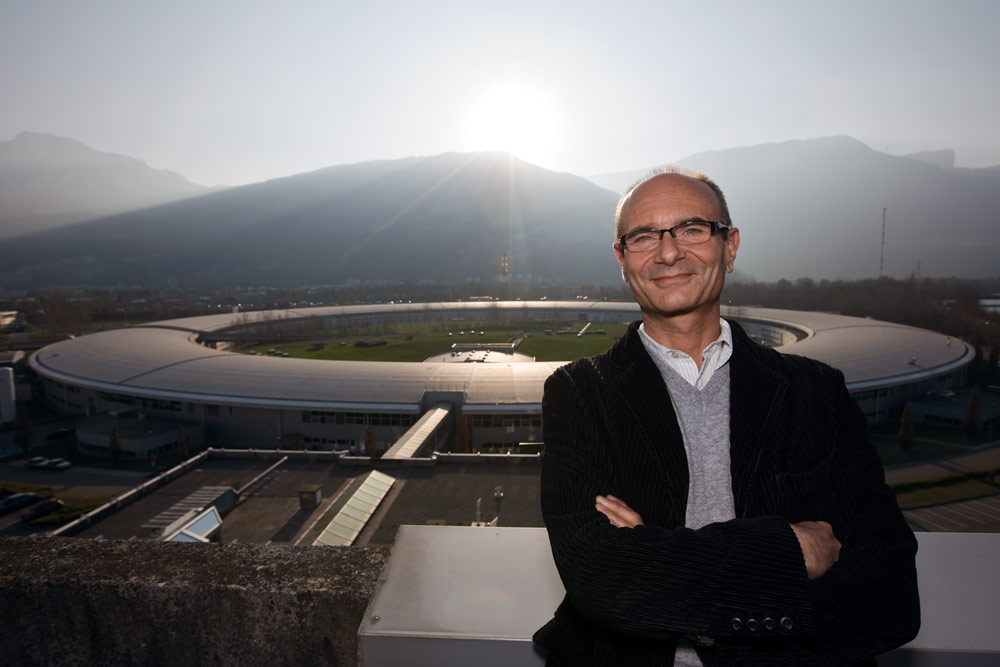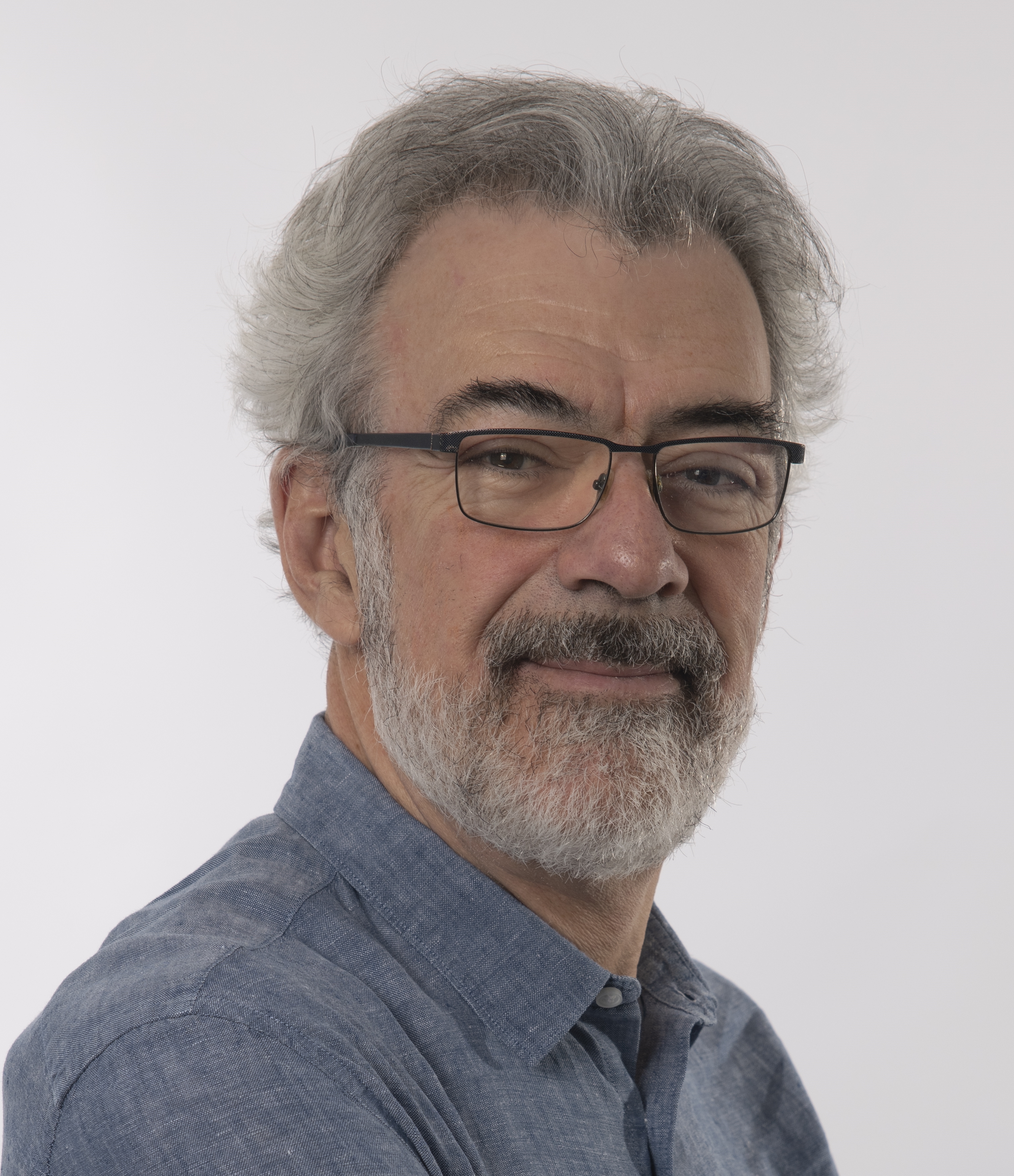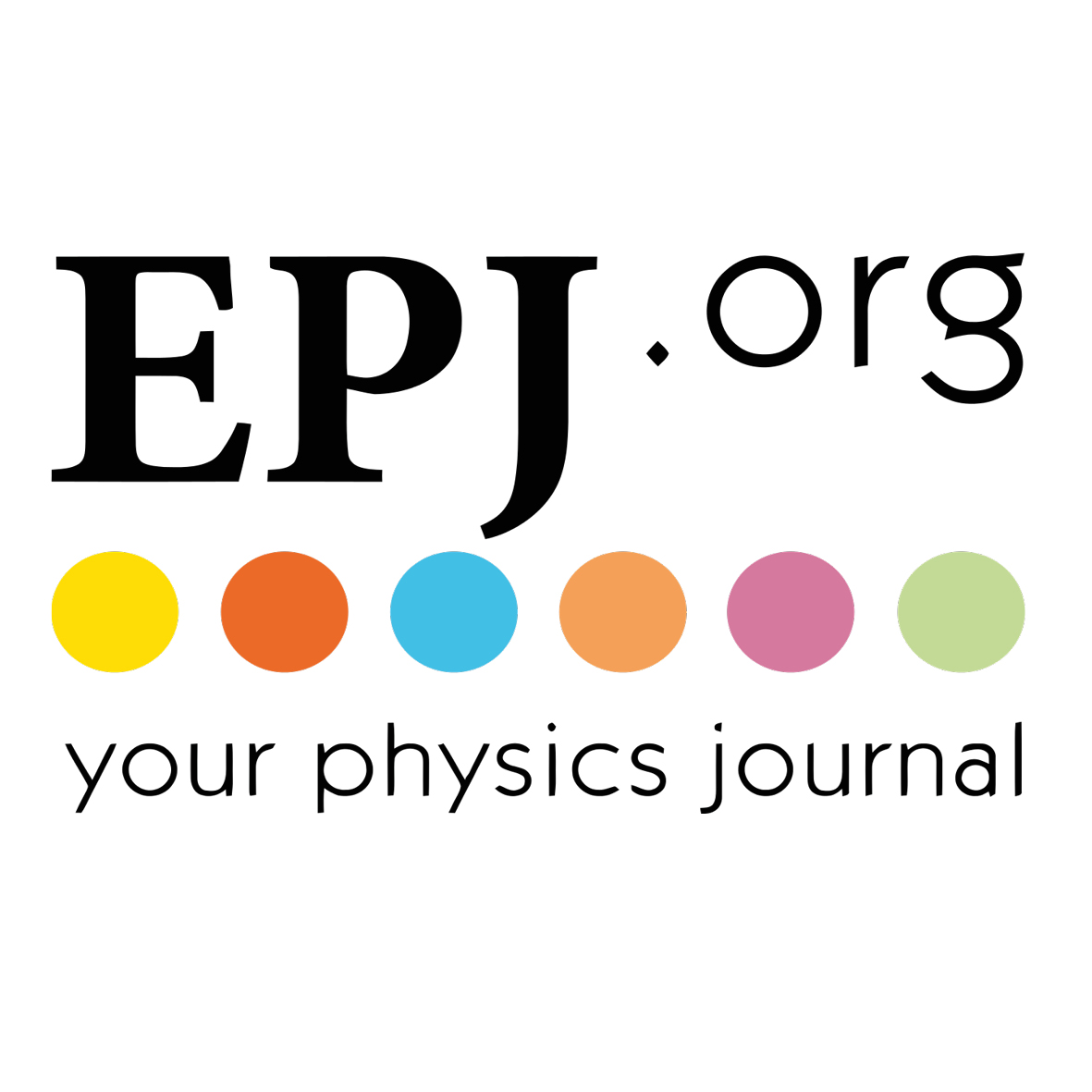Francesco Sette, 2018 Friedel-Volterra Prize winner
Société Française de Physique & Societa Italiana di Fisica (SIF) common award
 |
Francesco Sette, 62, Doctor in physics from the University of Rome has developed pioneering programmes of research with synchrotron radiation on both sides of the Atlantic ocean, in USA and in Grenoble at ESRF. Francesco Sette spent eight years at AT&T Bell Laboratories in Murray Hill, New Jersey (USA) before being appointed scientist at ESRF in 1991. Whilst in the US, he and C.T. Chen co-invented the world’s first high-energy-resolution, high‑intensity soft X‑ray source, the Dragon soft X‑ray beamline, which quickly found its way into many synchrotron light facilities around the globe. It has been a powerful instrumental breakthrough to tackle issues emerging in the field of nanosciences: for example, it enabled measuring properties of bi-dimensional materials and addressing surface issues, such as magnitude and orientation of atom-specific spin and orbital magnetic momenta in magnetic monolayers, and determining orientation of molecules adsorbed on surfaces. These have been some of the great achievements of synchrotron radiation X‑ray science. |
In 1991, Francesco Sette became an ESRF group leader, and pioneered a new generation of inelastic X‑ray scattering beamlines which made it possible to study atomic motions and electronic properties of condensed matter in unexplored momentum-energy phase space regions.
Ten years later, Francesco Sette became Director of Research at the ESRF, playing a pivotal role in the conception and launch of the ESRF Upgrade Programme 2009‑2018.
On 1 January 2009, Francesco Sette became the fourth Director General of the ESRF. During these last few years, Francesco Sette has led the ESRF upgrade progamme and more recently the EBS (Extremely Brilliant Source) programme that is transforming the ESRF into the first fourth generation high energy synchrotron light source with the highest brilliance in the world. The ESRF‑EBS programme represents a major innovation in the magnetic structure of the storage ring, which allows reducing drastically the horizontal emittance of the electron beam, a reduction that leads to an increase of the photon source brightness of at least two orders of magnitude together with a corresponding enhancement of the transverse coherence of the photon beam. The EBS lattice design is nowadays the basis of similar endeavours worldwide.
The SFP and the Societa Italiana di Fisicà (SIF) are very honoured to have Francesco Sette as laureate of the 2018 Friedel Volterra award.
Former laureates :
More information about Friedel-Volterra Prize :
Article posté le 19/12/2019


